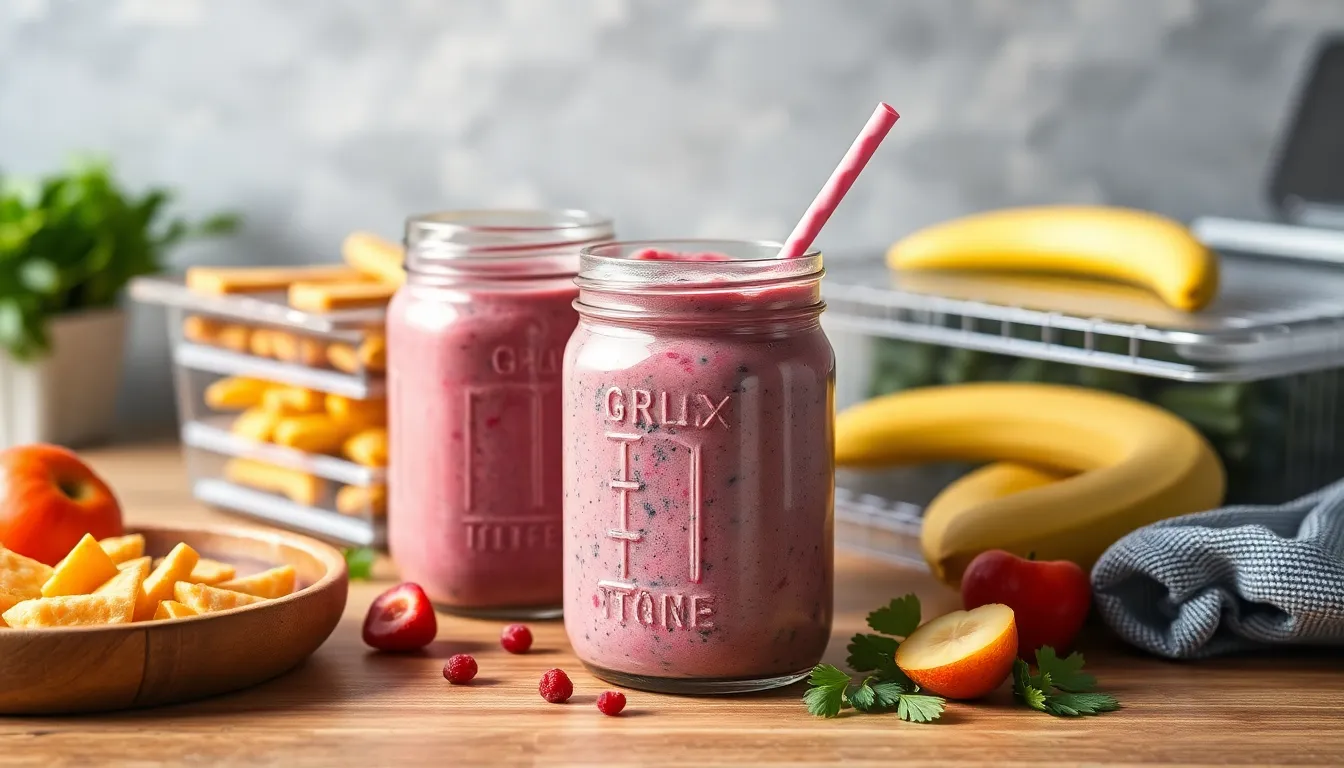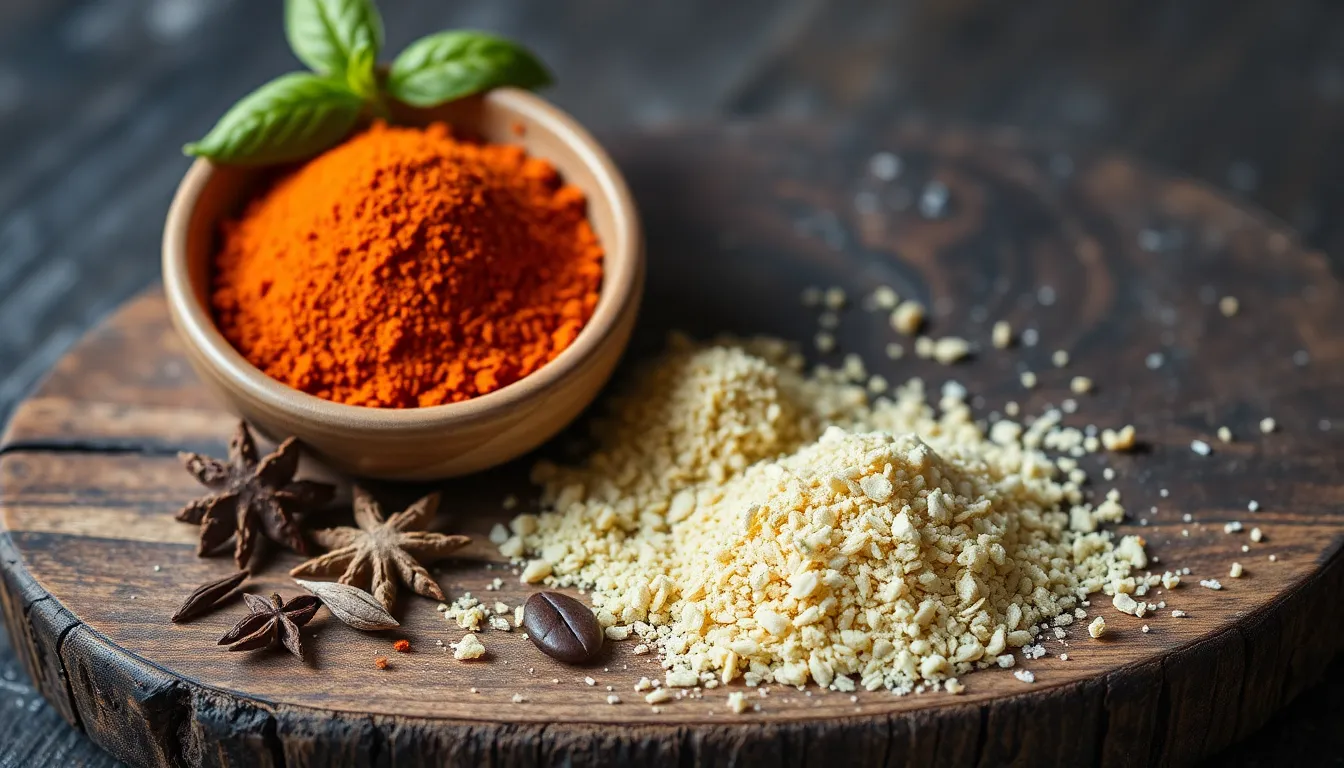Dehydrating for Smoothies: Prep Ahead for Busy Mornings
Introduction
In our fast-paced lives, finding time for a nutritious breakfast can be challenging. Smoothies have emerged as a popular solution, providing a quick and convenient way to fuel our mornings. Packed with vitamins, minerals, and antioxidants, they can be tailored to fit anyone’s taste preferences. However, to maximize their benefits and save precious time during busy mornings, consider the innovative approach of dehydrating your ingredients ahead of time.
Dehydrating ingredients for smoothies not only preserves their nutrients but also makes them convenient to store and use. Just imagine being able to whip up a delicious, nutritious smoothie in mere minutes—no chopping or cleaning involved! In this post, we’ll explore the advantages of dehydrating, the best ingredients to use, how to dehydrate them effectively, and tips for incorporating these dehydrated treasures into your morning routine.
Section 1: Why Dehydrate Ingredients for Smoothies?
1.1 Benefits of Dehydrating
Dehydrating your smoothie ingredients can be a game-changer for your morning routine. Here are some key benefits:
- Retains nutrients and flavors: Dehydrating preserves the essential vitamins and minerals found in fruits and vegetables, ensuring you get the most out of your ingredients.
- Lightweight and easy to store: Dehydrated ingredients take up much less space than fresh ones, making them ideal for storage.
- Long shelf life: Dehydrated foods last much longer than fresh produce, reducing waste and allowing you to stock up on your favorites.
1.2 Cost-Effective
Dehydrating can also be a cost-effective strategy. Fresh produce often has a limited shelf life, leading to spoilage and waste. In comparison:
- Buying bulk fresh produce often comes at a premium.
- Dehydrated ingredients can be made at home, reducing costs over time.
- When comparing prices, you’ll find that dehydrated ingredients can be a more economical choice in the long run.
Section 2: Best Ingredients for Dehydrating
2.1 Fruits
Fruits are a fantastic choice for dehydrating due to their natural sweetness and versatility in smoothies. Here are some popular options:
- Bananas
- Strawberries
- Mangoes
- Pineapples
- Apples
2.2 Vegetables
Nutrient-rich vegetables can add an extra health boost to your smoothies. Consider dehydrating:
- Spinach
- Kale
- Carrots
- Beets
- Sweet potatoes
2.3 Other Ingredients
Don’t forget about seeds, nuts, and superfoods that can enhance the nutritional profile of your smoothies:
- Chia seeds
- Flaxseeds
- Hemp seeds
- Spirulina
- Protein powders
2.4 Nutritional Comparison
| Ingredient | Fresh Nutritional Value | Dehydrated Nutritional Value | Shelf Life |
|---|---|---|---|
| Banana | 89 calories, 23g carbs | 346 calories, 87g carbs | 1 year |
| Spinach | 23 calories, 3g protein | 81 calories, 10g protein | 1 year |
| Strawberry | 32 calories, 7g carbs | 135 calories, 32g carbs | 1 year |
Section 3: How to Dehydrate Ingredients
3.1 Methods of Dehydration
There are several effective methods to dehydrate your ingredients:
- Dehydrator: Most efficient and effective, with temperature controls for optimal results.
- Oven: Requires monitoring and can heat unevenly; best for smaller batches.
- Air drying: Suitable for herbs and certain fruits in low humidity environments.
3.2 Step-by-Step Guide
Follow these steps to dehydrate fruits and vegetables:
Preparation:
- Wash your fruits and vegetables thoroughly.
- Peel if necessary, and slice them into even pieces to ensure uniform drying.
Dehydrating Process:
Depending on your method, refer to the following temperature and time guidelines:
- Dehydrator: 125°F for 6-12 hours.
- Oven: 140°F for 6-8 hours, propped door open slightly for airflow.
Storage Tips:
- Store dehydrated ingredients in airtight containers.
- Label containers with the date and ingredient for easy organization.
Section 4: Incorporating Dehydrated Ingredients into Smoothies
4.1 Recipe Ideas
Here are a few simple smoothie recipes featuring dehydrated ingredients:
Tropical Energy Smoothie
Blend together the following:
- 1 cup coconut water
- 1/2 cup dehydrated mango
- 1/2 cup dehydrated pineapple
- 1 tablespoon chia seeds
Green Veggie Blast
Combine these ingredients for a nutritious green smoothie:
- 1 cup almond milk
- 1/2 cup dehydrated spinach
- 1/2 cup dehydrated kale
- 1 banana
- 1 tablespoon flaxseeds
Berry Protein Boost
For a berry-packed smoothie, try:
- 1 cup Greek yogurt
- 1/2 cup dehydrated strawberries
- 1/2 cup dehydrated blueberries
- 1 scoop protein powder
4.2 Tips for Blending
To achieve the best texture in your smoothies:
- Soak dehydrated fruits overnight in water to rehydrate, if desired.
- Add more liquid to your blender if your smoothie is too thick.
- Blend in stages, starting with liquids and softer ingredients first for a smoother consistency.
Section 5: Meal Prep and Storage Solutions
5.1 Batch Preparation
Preparing multiple smoothie packs at once can streamline your breakfast routine:
- Choose a selection of your favorite dehydrated ingredients.
- Portion them into reusable bags or containers for easy grab-and-go access.
- Mix and match ingredients to keep your smoothies exciting!
5.2 Storage Containers
Consider these storage options:
- Airtight glass jars: Great for long-term storage and visibility.
- Vacuum-sealed bags: Ideal for maximizing freshness and minimizing air exposure.
- Reusable silicone bags: Perfect for single-serve portions.
Conclusion
Dehydrating ingredients for smoothies presents an efficient and nutritious solution for busy mornings. By prepping ahead, you can save time, reduce waste, and enhance the quality of your meals. Experiment with different ingredients, methods, and recipes to find what works best for you. So, grab your dehydrator, get creative, and empower your mornings with the ease of dehydrated smoothies!




